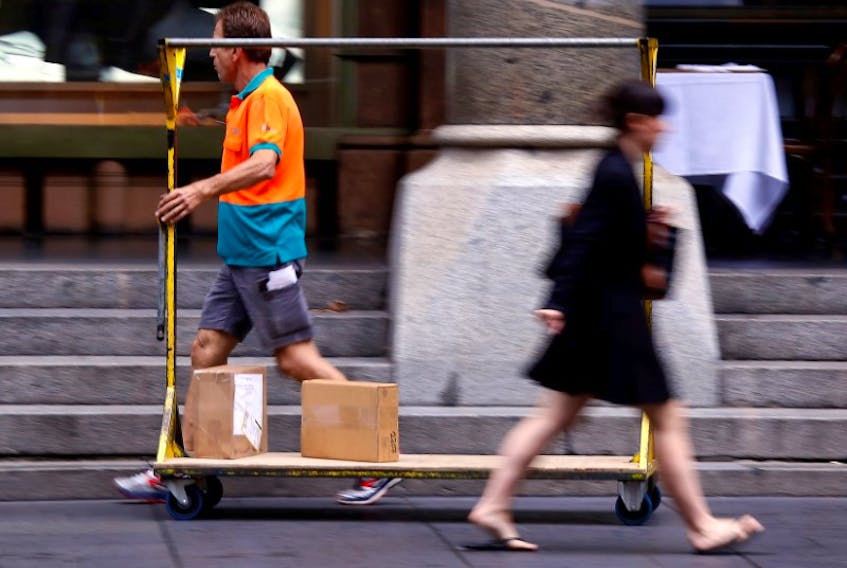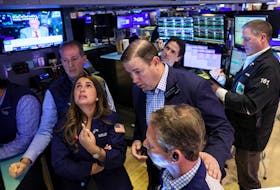By Wayne Cole
SYDNEY (Reuters) - Australian employment outpaced forecasts for a second month in December pushing the jobless rate to a nine-month low, a much-needed improvement that could forestall a near-term cut in interest rates.
The local dollar climbed 0.47% to $0.6874
Analysts at several major banks, including CBA, ANZ and Citi, threw in the towel on a February cut though they still expect a move at some point.
"The final employment report for 2019 was a solid one," said Gareth Aird, a senior economist at CBA. "The labor market continues to defy the activity data."
"It's too soon to say rate cuts are done, but bottom line, we have removed the February rate cut in our forecasts and pushed it back to April."
Thursday's data showed 28,900 net new jobs were created in December, beating forecasts of 15,000 and on top of a surprisingly strong 38,400 gain in November.
The unemployment rate edged down a tick to 5.1%, the lowest reading since March last year and again under forecasts.
The breakdown on employment was a little less encouraging, with all the new jobs being part-time and full-time positions actually dipping by 300.
Still, investors wagered the fall in unemployment would weigh against the need for an imminent rate cut. Futures <0#YIB:> shifted to imply a 20% chance of a quarter-point easing next month, compared with 50% ahead of the jobs data.
A move to 0.5% was still priced at 78% by May, though again that was down from almost 100% before the report.
The RBA has long argued unemployment needs to fall to at least 4.5% to deliver a desperately-needed lift in wage growth, which has been stuck around 2.3% for a year or more.
That was a major reason it cut rates three times last year to a record low of 0.75%, though with only limited success.
The central bank specifically highlighted the risks to unemployment at its December meeting, saying policy would be reviewed in February should the outlook deteriorate.
NATIONAL TRAGEDY
The dip in unemployment will be a relief to the conservative government of Prime Minister Scott Morrison, which has drawn widespread criticism for its reaction to bushfires sweeping the country, and charges it was not doing enough to address climate change.
The fires have smothered Sydney and Melbourne in smoke and scared off tourists at the peak of the summer holiday period. It has also darkened the mood of consumers when they were already fretting over stagnant wages and mountains of debt.
Economists estimate the cost to Australia's A$2 trillion ($1.37 trillion) economy could be as high as A$5 billion and perhaps shave 0.25 points off gross domestic product in the December and March quarters.
"The current bushfire season – underway since September – is a national tragedy," said NAB chief economist Alan Oster. "The economic impact in bushfire-affected areas has been extreme."
"While it is unlikely that the fires were a major influence on national December retail sales, there may be much more substantial second round impacts in January and February."
Adding to the woe has been the sudden outbreak of a new type of coronavirus in China, which could curb tourism over Lunar New Year and beyond. Australia is a major holiday destination for the Chinese with 1.4 million trips made annually.
(Editing by Sam Holmes and Jacqueline Wong)









